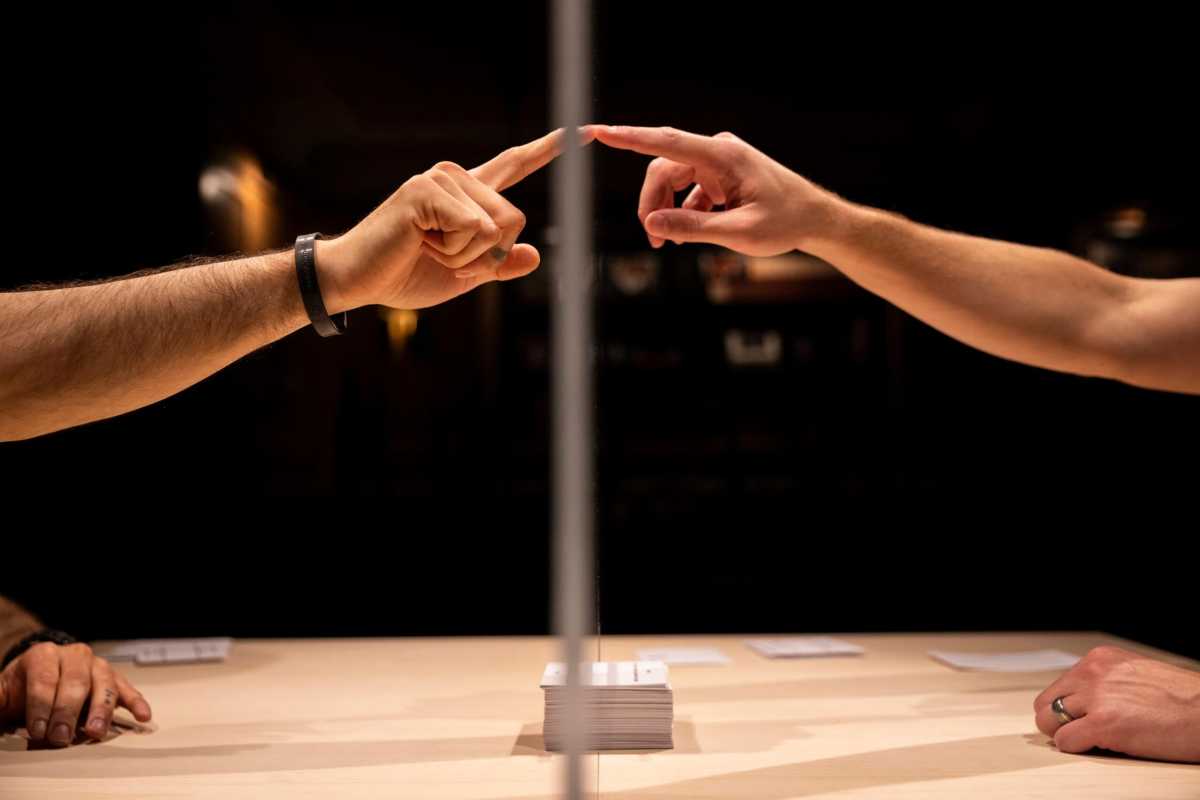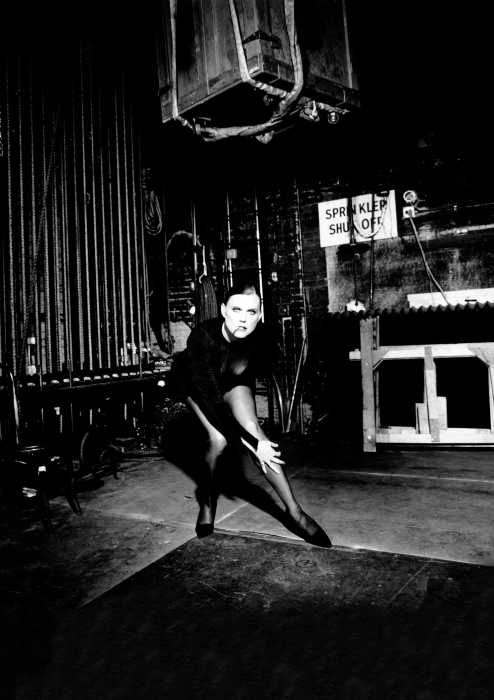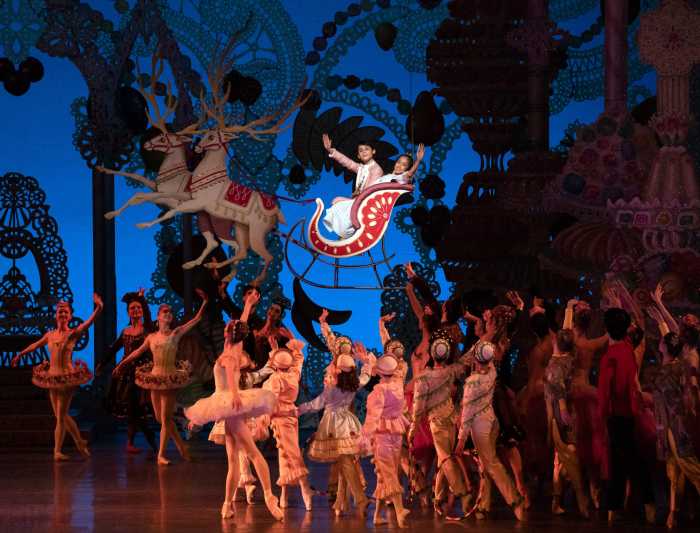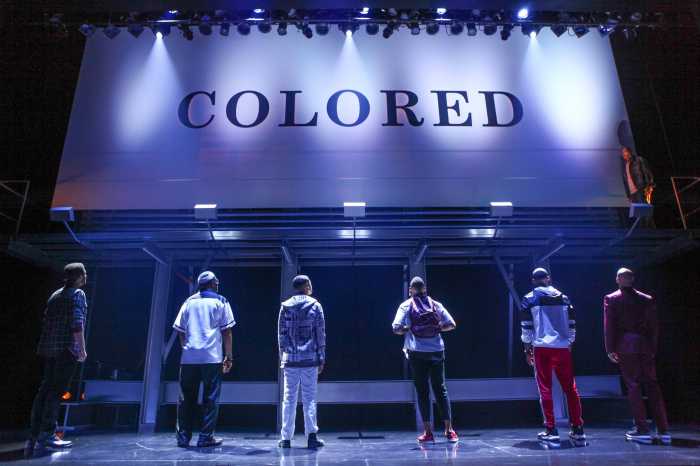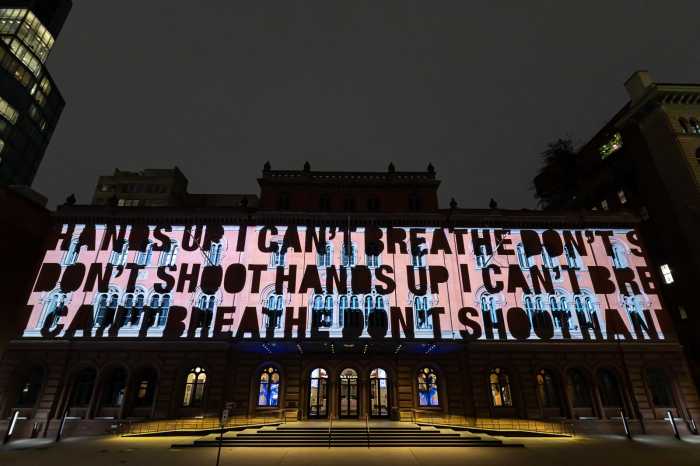The notion of what exactly constitutes “theater” has become increasingly blurred during the pandemic, as performing arts companies have experimented with streaming digital productions and, more recently, immersive site installations that rely on pre-recorded audio instead of live actors (most notably “Blindness”).
But what about a semi-scripted phone call or in-person meeting with a complete stranger? Is that theater too?
The Public Theater is currently presenting 600 Highwaymen’s experimental and interactive “A Thousand Ways (Part One): A Phone Call,” which takes place over the phone, and “A Thousand Ways (Part Two): An Encounter,” which takes place in person and onstage.
While I was skeptical about both versions of the show, I was not going to miss the opportunity to return to the Public Theater for the first time in over a year for “Part Two” – and it gave me an excuse to give “Part One” a shot.
My “Part One” phone call took place last Saturday night. I received instructions to call a phone number at an assigned time from a quiet location. I was soon joined by a male a bit younger than myself, apparently from Brooklyn, and a computerized female voice which ran the show and gave us instructions.
We responded to the voice’s prompts by sharing personal observations (i.e. name something near you that is yellow) and facts (i.e. recite a text you’ve memorized) and engaging in joint exercises (i.e. touch your cheek, take turns counting backwards).
For “Part Two,” on Tuesday evening, I arrived at the Public Theater and was instructed to take the elevator up to the Martinson Theater on the third floor. Once there, a staff member told me to enter the theater and take a seat at an onstage table. I was all alone in a space where I had previously attended such celebrated shows as “Sweat” and “Gatz.”
A few minutes later, a young woman joined me at the opposite end of the table. With a glass pane dividing us, we communicated with a fill-in-the-blank script consisting of numerous flash cards, which instructed us to ask and answer questions (a few of which were carried over from “Part One”) and make physical gestures towards each other such as touching the glass, using our hands to represent objects or winking.
Towards the end, the woman wrote what I assume was her name on a flashcard, taped it to the glass and then disappeared. The cards instructed me to repeat her name aloud multiple times, growing louder each time, and then exit the space. When I did, she was gone. My scene partner had vanished.
Both versions of “A Thousand Ways” reminded me of the kind of physical and expressive exercises one might perform in an introductory acting class, intended to get each person to loosen up and listen to each other.
If not theater in a traditional sense, both versions of “A Thousand Ways” certainly constitute meaningful theater-related programming intended to create a genuine human connection. With the full return of Broadway and Off-Broadway on the horizon, if you not have not already done so, it may be worthwhile to check out something like “A Thousand Ways” to get a sense of the innovative and indefatigable spirit of theater artists during the pandemic.
“A Thousand Ways (Part One): A Phone Call” and “A Thousand Ways (Part Two): An Encounter” run through July 18 and August 15 respectively. For more info visit publictheater.org.



